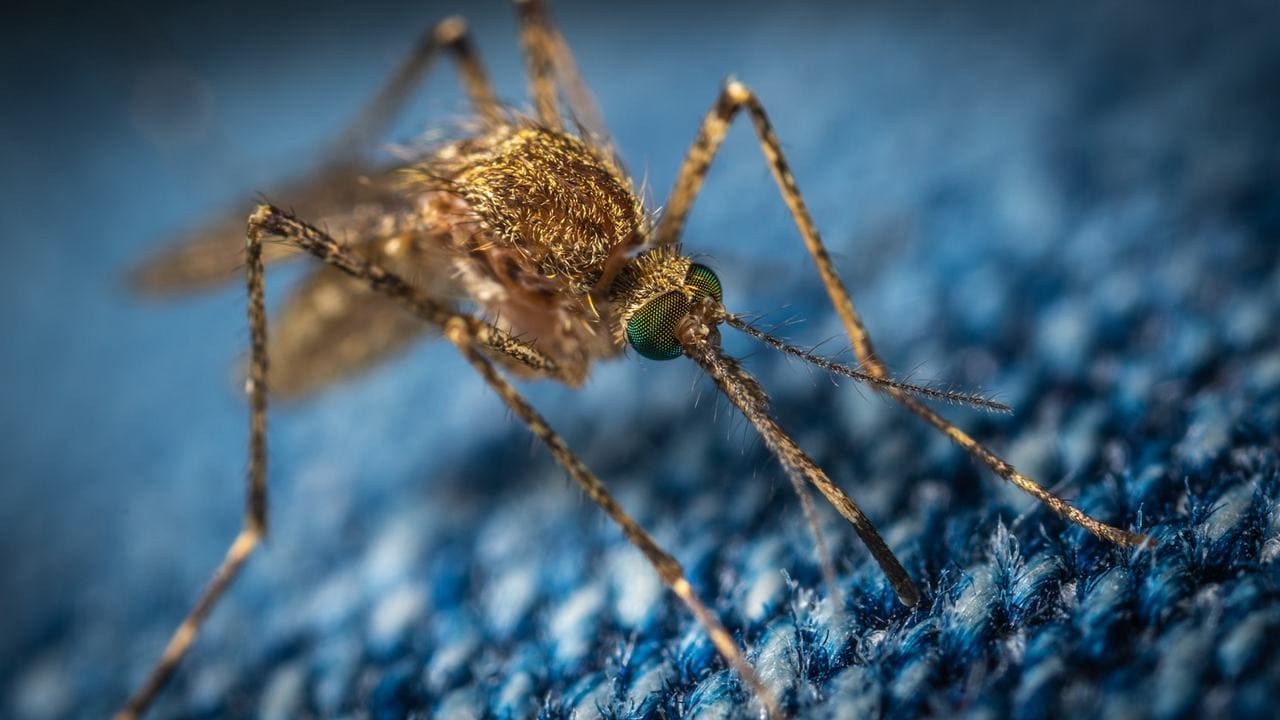Researchers have now used machine-learning approach to track disease-carrying mosquitoes. As per a release by Utah State University, a team studied landscape connectivity in the female Aedes aegypti mosquito, a primary vector for the spread of dengue, chikungunya and Zika. As per the statement, even if humans might not like mosquitoes, they like humans. Speaking about the findings, biologist and study co-author Norah Saarman said that the Aedes aegypti is an invasive species to North American that became widespread in the whole of US. While the mosquito has been a nuisance species in the US for centuries, it originated in Africa, and was likely brought to the new world on ships used for exploration and colonization.
The researcher stated that they are examining the genetic connectivity of the species as it adapts to new landscapes and expands its range. Saarman added that the approach uses a random forest algorithm that allows them to overcome the constraints of classical spatial models, while also combining advantages of machine learning and interactive optimisation, allowing the researchers to integrate genetic and environmental data.
The study authors claim that in its native African home, the mosquito was a forest dweller, drawing food from places scarcely populated by humans. However, it has since specialised to feed on humans and thrive in human-impacted areas.
The machine-learning model and NASA-supplied satellite imagery helped them combine spatial data with genetic data to drill down into specific movement of the mosquitoes, Sarmaan said. The mosquitoes are drawn to human networks of transportation, she added, indicating that activities such as plant nurseries are inadvertently transporting insects to new areas.
Sarmaan added that they are hopeful that the tools they are developing can help identify effective methods of keeping mosquito population small enough to avoid disease transmission.
This article has been published from the source link without modifications to the text. Only the headline has been changed.




